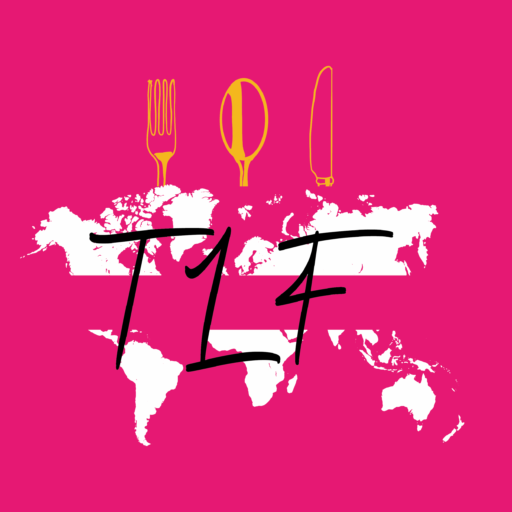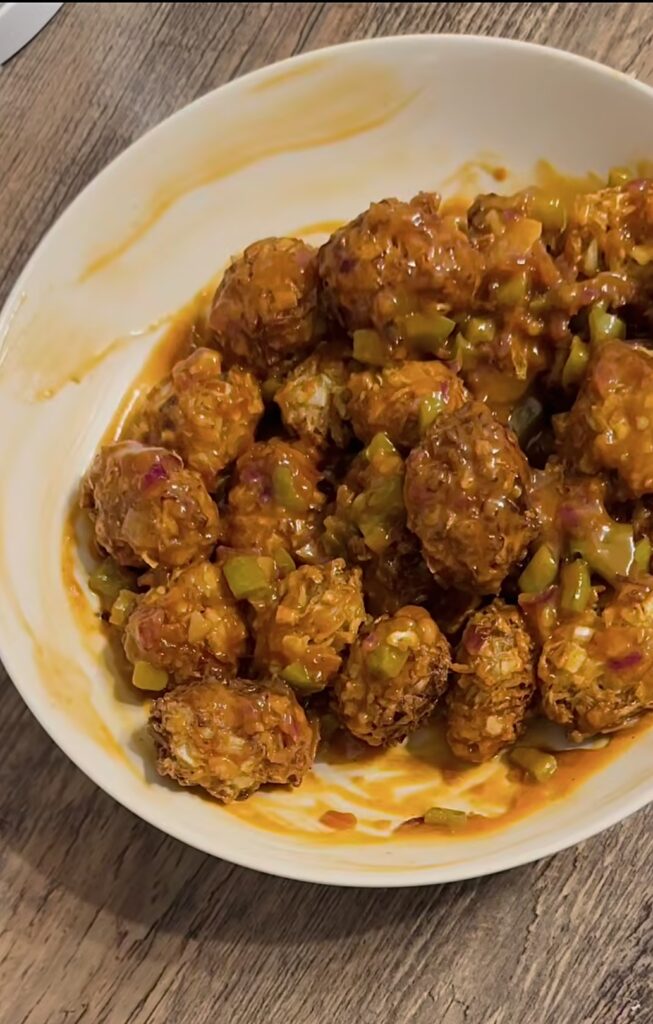A Fusion Delight from the Heart of Indo-Chinese Cuisine!
Veg Manchurian is a beloved dish that exemplifies the unique culinary amalgamation of Indian and Chinese flavors. Originating from the Indo-Chinese cuisine that emerged in the early 20th century, this dish has become a staple in Indian households and restaurants alike. Characterized by crispy fried vegetable balls enveloped in a savory, tangy sauce, Veg Manchurian is as versatile as it is delicious. In this article, we delve into the origins of Veg Manchurian, its evolution, and the myriad ways it can be enjoyed, including popular pairings such as fried rice and noodles.
Origins of Veg Manchurian
The story of Veg Manchurian begins with the migration of Chinese immigrants to India, particularly to Kolkata, then known as Calcutta, during the late 19th and early 20th centuries. These immigrants brought with them their rich culinary traditions, which gradually fused with Indian flavors and ingredients. The result was the birth of Indo-Chinese cuisine, a genre that marries the techniques and flavors of Chinese cooking with the bold spices and aromas of Indian cuisine.
Veg Manchurian itself is said to have originated in the kitchens of Indian-Chinese restaurants, where chefs experimented with creating vegetarian versions of popular Chinese meat dishes to cater to the significant vegetarian population in India. The term "Manchurian" refers to the Manchurian region in northeast China, though the dish itself does not have traditional roots in that area. Instead, it represents a creative reinterpretation of Chinese flavors through an Indian lens.
Evolution of Veg Manchurian: Since its inception, Veg Manchurian has undergone numerous transformations. Initially, it was a simple dish of fried vegetable balls tossed in a basic soy sauce-based gravy. Over time, chefs and home cooks have added their own twists, incorporating a wider array of vegetables, spices, and sauces to enhance its flavor profile. Today, Veg Manchurian can be found in two primary forms: dry and gravy.
- Dry Veg Manchurian: This variation is typically served as an appetizer or snack. The vegetable balls are fried to a crisp and then lightly coated in a thick sauce, making them perfect for dipping or munching on their own.
- Gravy Veg Manchurian: In this version, the fried vegetable balls are immersed in a rich, flavorful sauce, making it ideal as a main course dish. The gravy version pairs excellently with rice and noodles, soaking up the flavors and providing a hearty meal.
Key Ingredients and Preparation: The main components of Veg Manchurian are the vegetable balls and the sauce. The vegetable balls are usually made from a mixture of grated cabbage, carrots, bell peppers, and onions, bound together with cornflour and seasoned with salt. These balls are then deep-fried until golden brown and crispy. The sauce is a blend of finely chopped garlic, green chilies, onions, and bell peppers, sautéed in oil until fragrant. Soy sauce, tomato sauce, and vinegar are added to create the base, while a cornstarch slurry is used to thicken the sauce to the desired consistency. The fried vegetable balls are then added to the sauce, coating them thoroughly.
Pairings and Serving Suggestions: Veg Manchurian is a versatile dish that can be paired with various accompaniments to create a complete meal. Here are some popular options:
- Fried Rice: Perhaps the most popular pairing, fried rice complements Veg Manchurian perfectly. The subtle flavors of fried rice balance the bold, tangy notes of the Manchurian sauce. You can opt for plain fried rice or enhance it with vegetables, eggs, or tofu for added texture and flavor.
- Hakka Noodles: Another classic pairing, Hakka noodles are stir-fried with vegetables and seasoned with soy sauce, garlic, and green chilies. The combination of Veg Manchurian and Hakka noodles is a favorite in Indo-Chinese cuisine, offering a delightful contrast of textures and flavors.
- Steamed Rice: For a simpler, lighter option, steamed rice is an excellent choice. The plain rice serves as a neutral base that allows the rich flavors of the Manchurian sauce to shine through.
- Chow Mein: A stir-fried noodle dish, Chow Mein is typically cooked with a variety of vegetables and a blend of soy and oyster sauces. The crispiness of the noodles provides a pleasant contrast to the soft, saucy Manchurian balls.
- Bread or Naan: For a fusion twist, Veg Manchurian can also be served with Indian bread such as naan or roti. The bread can be used to scoop up the flavorful sauce, creating a unique and satisfying meal.
Nutritional Information and Health Considerations: Veg Manchurian, like many Indo-Chinese dishes, is a rich and flavorful meal. However, its deep-fried nature and sauce can make it a high-calorie dish. To make a healthier version, consider baking the vegetable balls instead of frying them. Additionally, using low-sodium soy sauce and reducing the amount of sugar in the sauce can help make the dish more health-conscious.
Veg Manchurian stands as a testament to the creative fusion of Indian and Chinese culinary traditions. Its origins in the Indo-Chinese community have given rise to a dish that is beloved across India and beyond. Whether enjoyed as a dry appetizer or a gravy-laden main course, Veg Manchurian offers a delightful blend of textures and flavors that can be paired with a variety of accompaniments.
As Indo-Chinese cuisine continues to evolve, Veg Manchurian remains a favorite, showcasing the innovative spirit of chefs and home cooks who continuously adapt and perfect this fusion dish. Whether served with fried rice, Hakka noodles, or even Indian bread, Veg Manchurian promises a flavorful and satisfying culinary experience.






